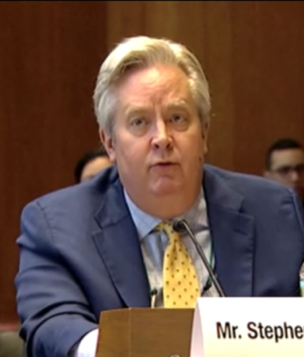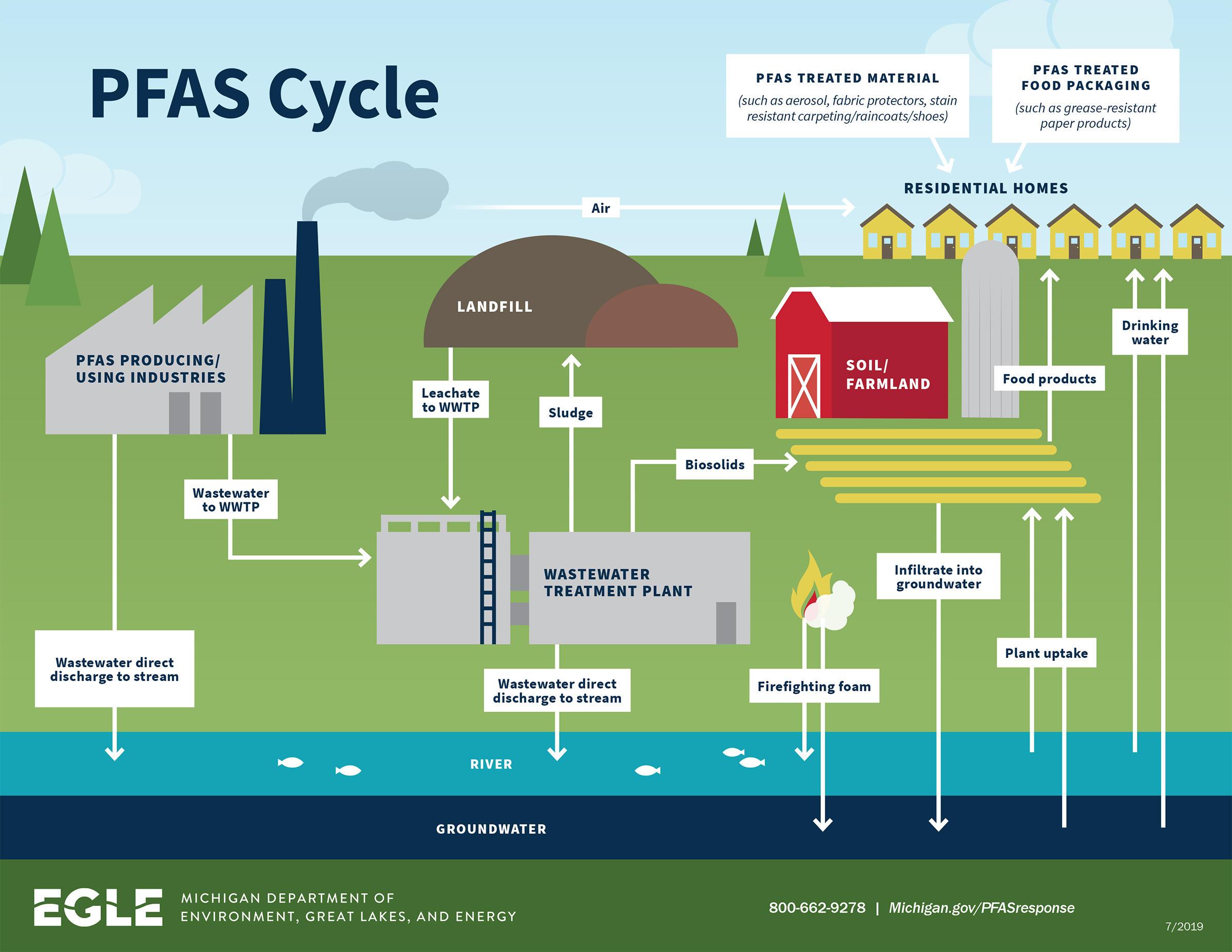How it Differs from Other Pollutants
Regulatory Perspective
PFAS chemicals can be especially difficult to regulate, not only because there are so many different classes of chemicals, but there are also a wide variety of uses, some of which are necessary for modern technology to function or medical purposes.
For example, according to Steve Harper, PFAS chemicals are used in the production of semiconductors, which are a crucial component of electronic chips used for devices such as cell-phones. In addition, PFAS are often used for medical research or in implantable medical devices, due to their stability. Therefore, banning PFAS without an existing chemical substitute creates a barrier to access and produce these goods.
Regardless, there are a number of areas where PFAS do not need to be used, such as in cosmetic products, food packaging, or firefighting foam.
Lead, which has had a similar impact on human health and the environment to PFAS, had substitutes for the products it was being used in, such as paint or piping. With PFAS, it is much more complicated to encounter and create chemical replacements for the products it is used in, because they require the same level of unique chemical stability that PFAS has.
According to Steve Harper, “PFAS is a huge set of related chemicals. Estimates vary but there may be as many as 14,000 varieties of PFAS that have been developed. However, there probably are fewer than a thousand PFASs in current commerce. What they all have in common is fluorine-carbon bonds; where they vary, principally, is in how many of those bonds they contain.”
In other words, it is very easy for chemical companies to continue using PFAS. When one is banned, a switch to another class or version can be made. Furthermore, PFAS are very easy to create which is why there are so many, and hard to find substitutes.
The Fluorine-carbon bond is very stable, making it harder to exterminate. Also, since it is a man-made bond and very easy to manipulate by creating a long C8 chain or a short C4 chain, there are several varieties and subclasses that can continuously be made and evade the regulations.
In addition, since it is difficult to keep up with new studies regarding each and every form of PFAS, as new forms arise, the health issues are going to be harder to address.
Many PFAS are resistant to heat, water, and oil, and these same properties are due to the stable chemical composition.


